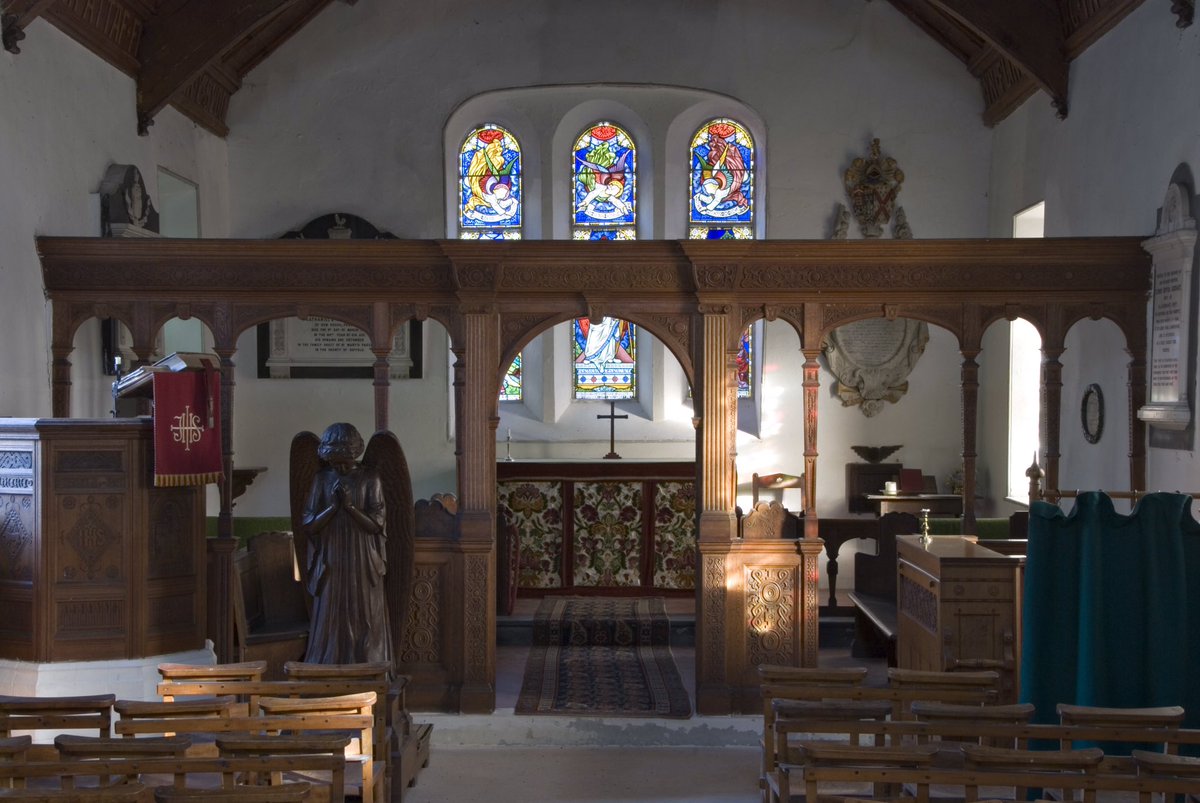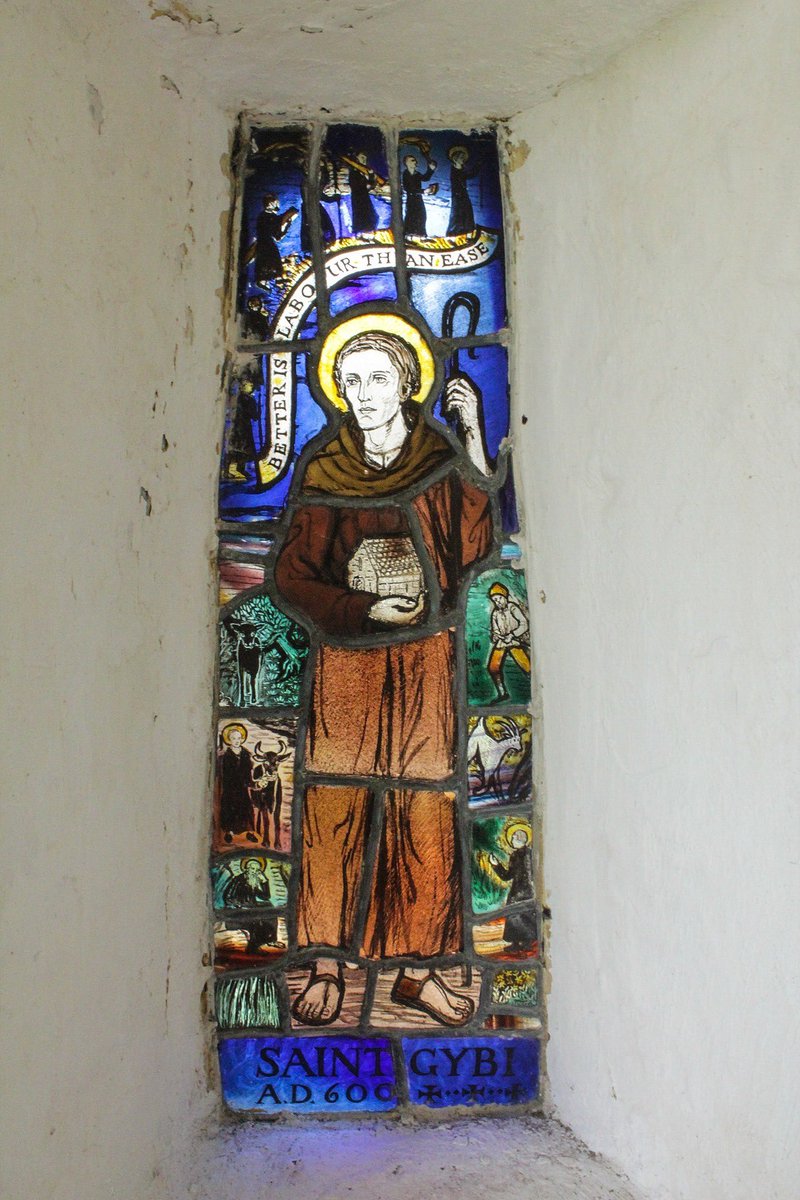
In 1909, prominent suffragette Isabel Seymour drove around London's West End in a press cart draped in WSPU flags of purple, green, and white, handing out copies of 'Votes for Women' to everyone who would take one.
The following year, she took her show on the road ...
#thread
The following year, she took her show on the road ...
#thread

Seymour was fluent in German, and travelled to Germany, Austria, and Russia, where she spoke to suffragist groups about the militant tactics being used by suffragettes in the UK. She hoped that British suffragettes could inspire women to fight for their freedom around the globe.
But back home, British women still could not vote, participate in government, or even be a churchwarden. Yet women have always found ways to break through these barriers. Like Mary Flint, the only woman Parish Clerk in the Church of England from 1818-1838. 

Mary Flint served at St Mary's, Caldecote. Isabel Seymour was buried at St Mary of the Angels, Brownshill. Read about these pioneers, and other trailblazing women in our churches' history: friendsoffriendlesschurches.org.uk/womens-history…
• • •
Missing some Tweet in this thread? You can try to
force a refresh

























